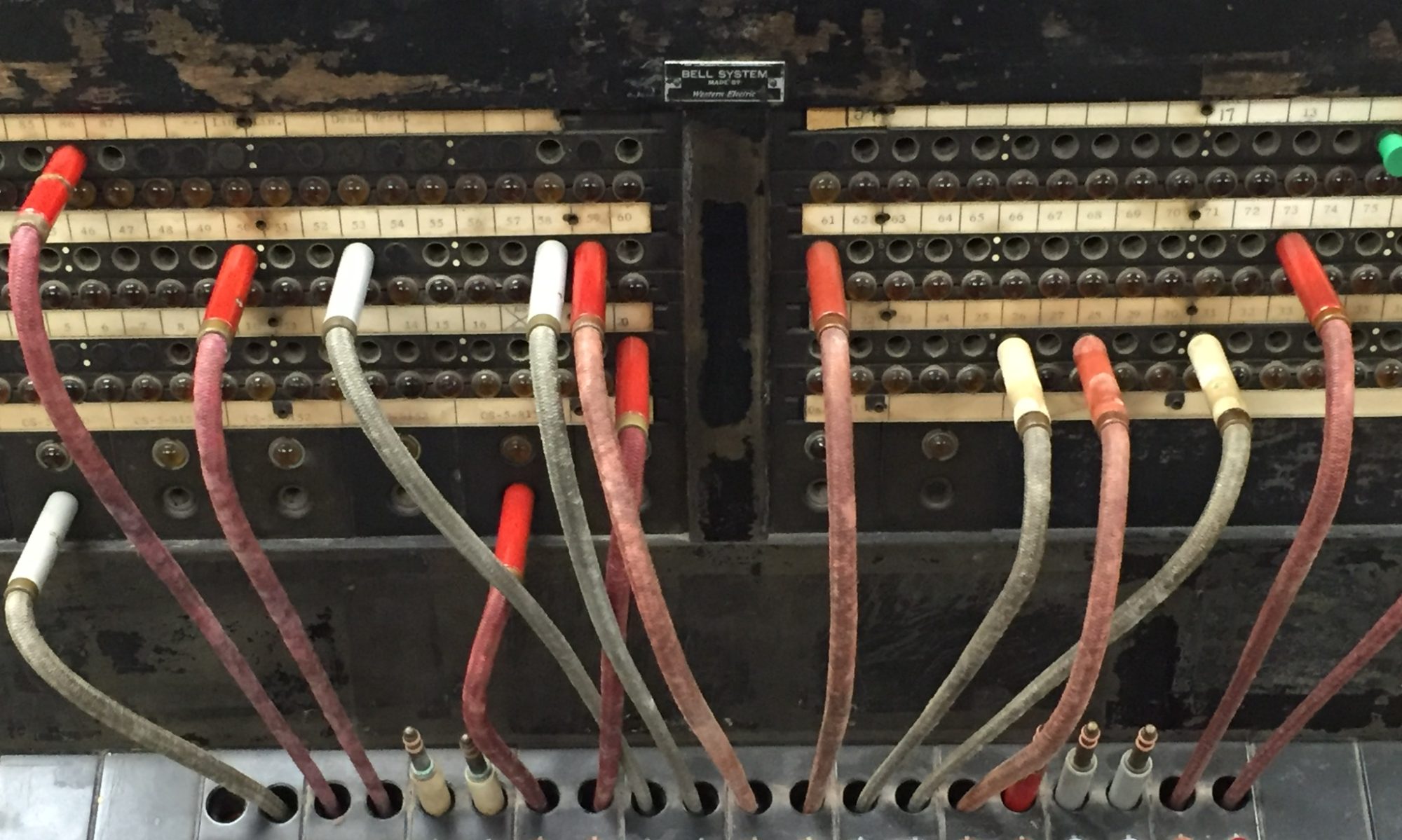Disclaimer: I was not paid for any brands or products mentioned; everything I have was purchased on my own dime and accord.
I was going to start this post out by saying “Don’t start your home automation journey by just buying into some tech product”, but after thinking about it, just about every time I’ve ever gotten into messing with home automation products, it was usually one product that got me into it, so chances are this may have been what got you into the rabbit hole to begin wtih.
In my case, the Ikea Tradfri line of products got me into my recent foray into home automation, due to a niche need of “I need TWO remote light switches to operate TWO lamps”, thinking that I’d never find such a beast, and imagine my surprise when I found that Ikea Tradfri bulbs can be paired up to 2 different switches, and I’m not sure if there’s a limit on how many actual bulbs you can pair at once. (Of course, there’s many other products that could also fit the bill as well.)
One thing led to another, and cabin fever combined with boredom had me sneaking back to Ikea several times in the last hour it was open (no crowds) to fill my cart with switches, sensors, outlets, and numerous lightbulbs. Recently I thought back on it and asked myself why I liked the stuff so much, and realized it met a very specific need, at a fairly reasonable cost, and it seems to work well. With most products being so generic and “designed for the masses”, niches are hard to fill anymore, and I found that when it came to home automation, I found I had a very specific set of rules I applied to the products I bought.
As such, my biggest recommendation, before going out and filling YOUR cart with switches, bulbs, sensors, and gadgets, is to take a moment to think about what you want out of your home automation. Here’s some interesting questions to ask yourself:
- WHY you want to automate? Is it purely for convenience, or is there a genuine need?
- Is this something you’re simply experimenting with, or do you want it to be truly dependable? (this is important)
- Do you have wife/family acceptance factor to deal with? (Some partners apparently don’t like wires/gadgets scattered about the house, or having to pull out their phone to turn on the bathroom light)
- Do you already have gadgets that adhere to a particular ecosystem? Here in 2020, we have several popular ecosystems to choose from, such as SmartThings, HomeKit, Google (Nest), Amazon (Alexa), and many others.
After a few previous attempts at home automation that never quite panned out, I found that amongst the products I bought, I had a particular set of guidelines I was strictly adhering to, as these things are important to me, but may not be important to you:
- First and foremost: Dependability. I don’t want to wait 10 seconds for a gadgets’ status to populate, nor do I want to constantly be rebooting/resetting gadgets to keep them running.
- Local control: My home automation should ADD control, not take any away. Therefore I should still (for the most part) be able to turn on a light or control a gadget without having to pull out my phone or use a voice assistant (again, this is important to me)
- Economical: I don’t want to drop a ton of money initially; I’ll feel out various products and concepts and upgrade where I find I want or need to, but I’m also not buying the cheapest junk or clearance items either
- Low Maintenance: I don’t want to spend hours or days fiddling with things, specifically “to get them to work”. Case in point, I bought a 4-pack of Vocolinc outlets that are natively homekit compatible, and ended up spending 2 hours trying to get all 4 to reliably pair to homekit. I should have “pulled the plug” after 20 minutes really; I realize these didn’t fit my “low maintenance” requirement and I’ll be returning them
- Some products just seem to take a lot of effort to install/configure, and in some cases you can’t buy a product that fits a need either.
Anyways, so even if you bought that blinky gadget, and you’re considering your next move, stop, and take a moment to think about how everything works, how far you want to go (for now), and make sure what you get not only meets your needs, but will work with everything you already have. Look at your ecosystem (Amazon, Google, Apple, etc) and make sure the items you get are compatible, or if if you’re a tinkerer, are easily adaptable one way or another. It’s inevitable that some things you get my just not work right, or be compatible, or you may just not like it, but a little planning goes a long way to make sure you get the most bang for the buck.
